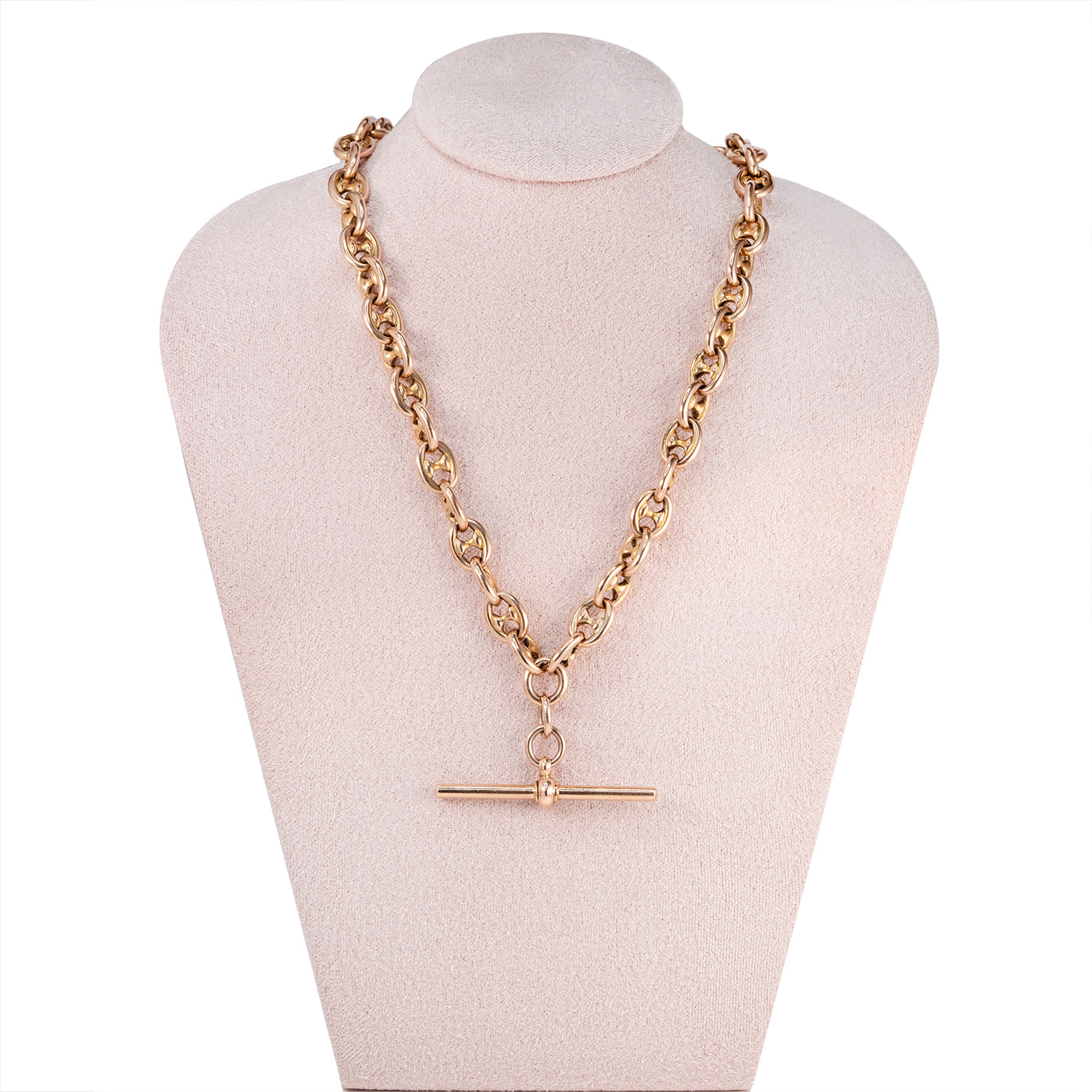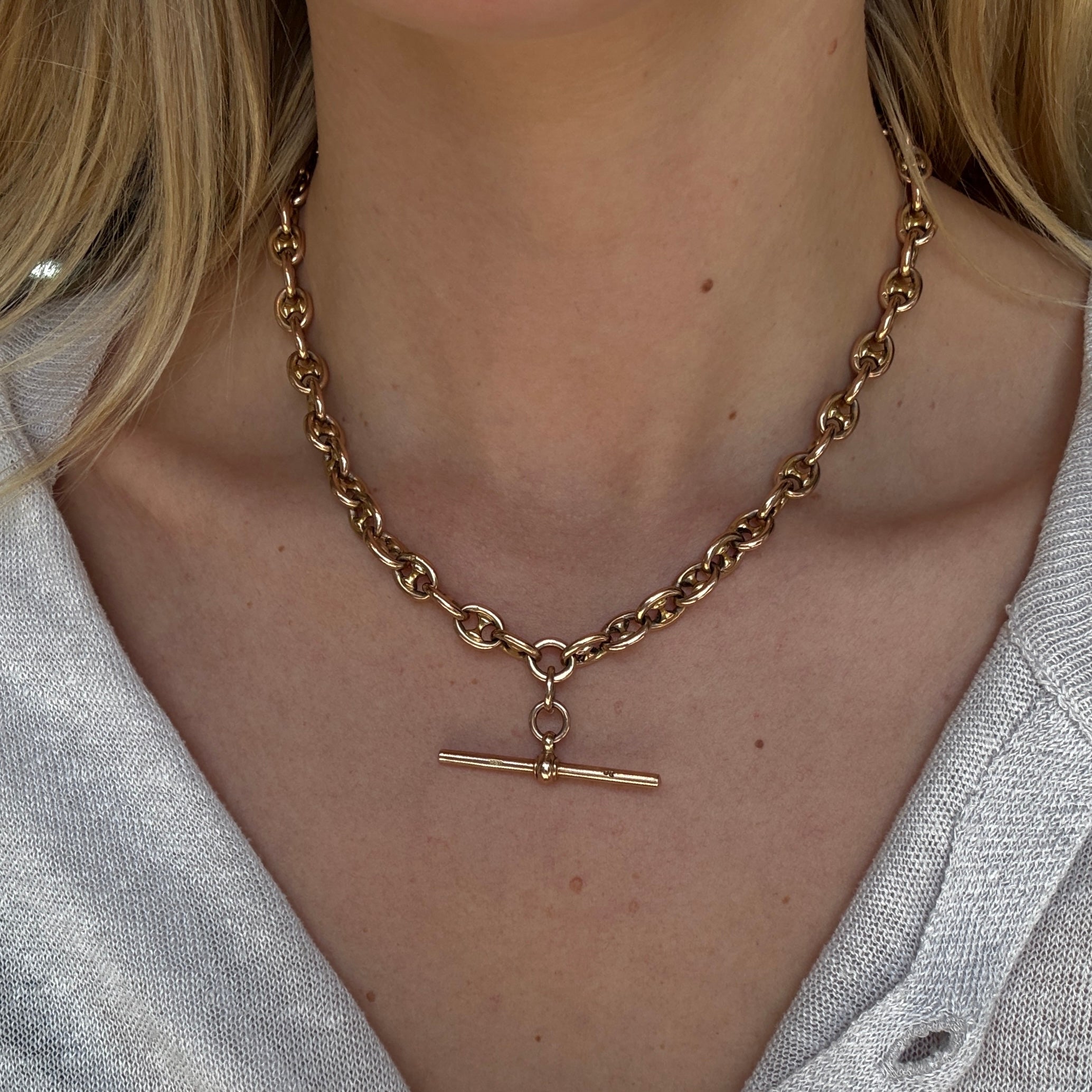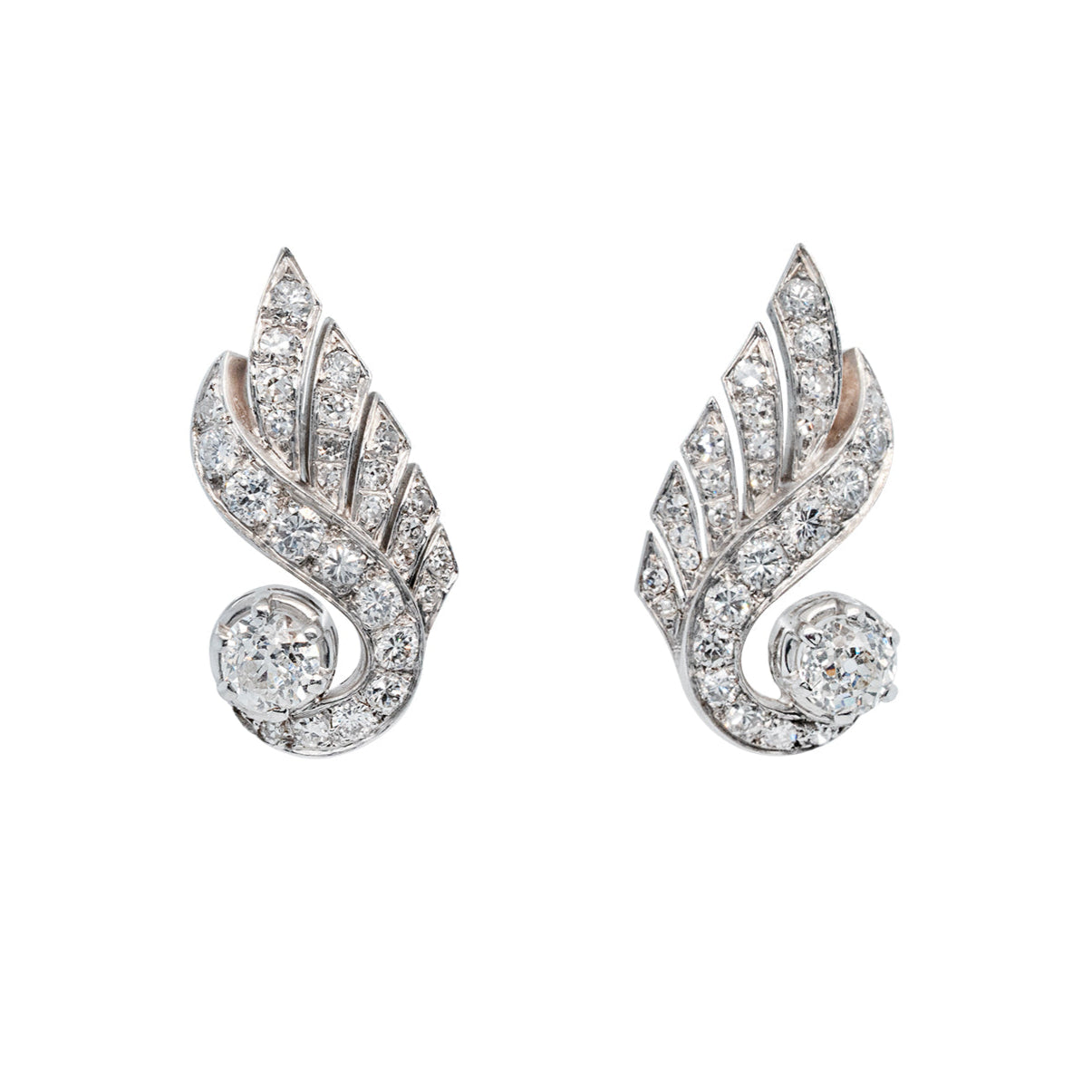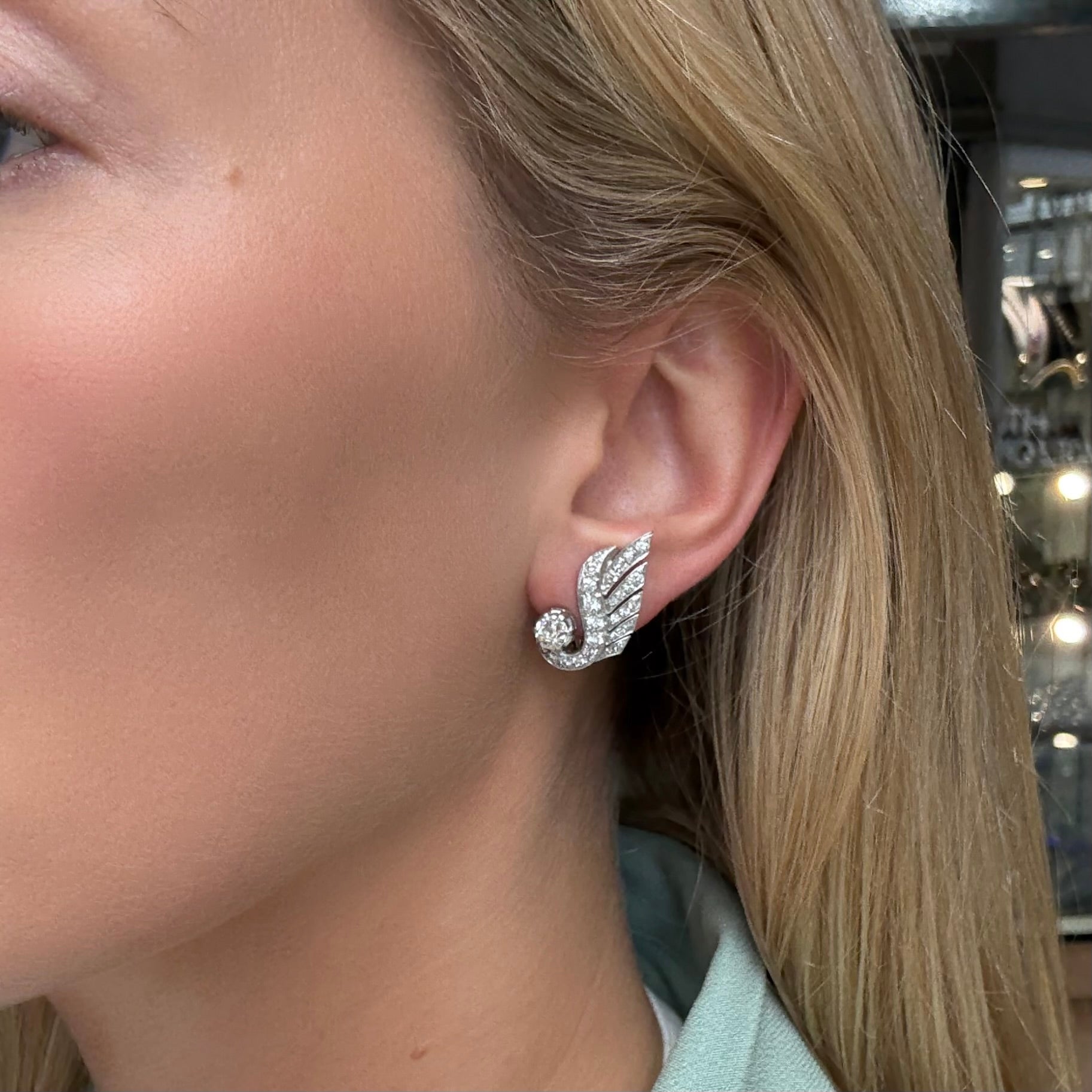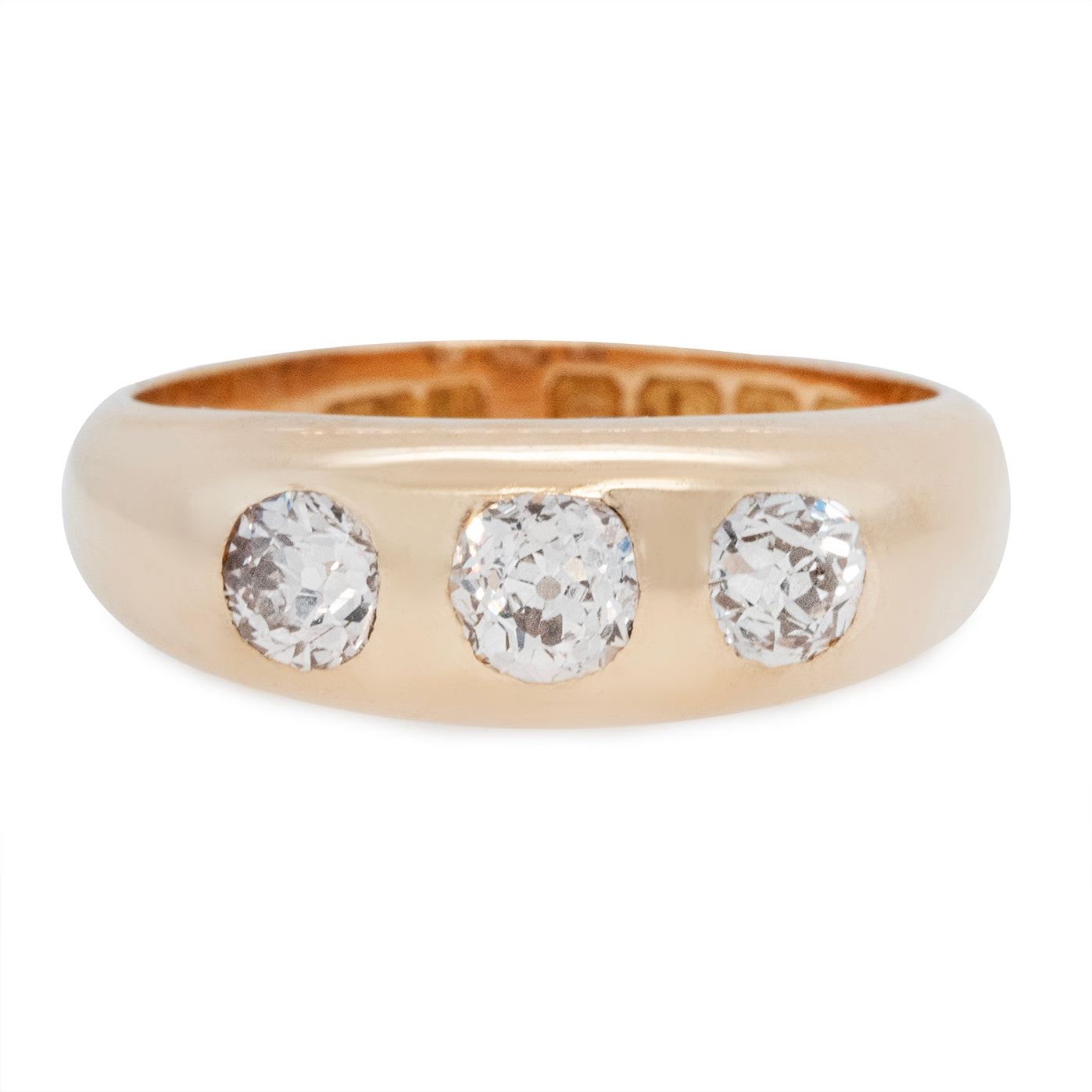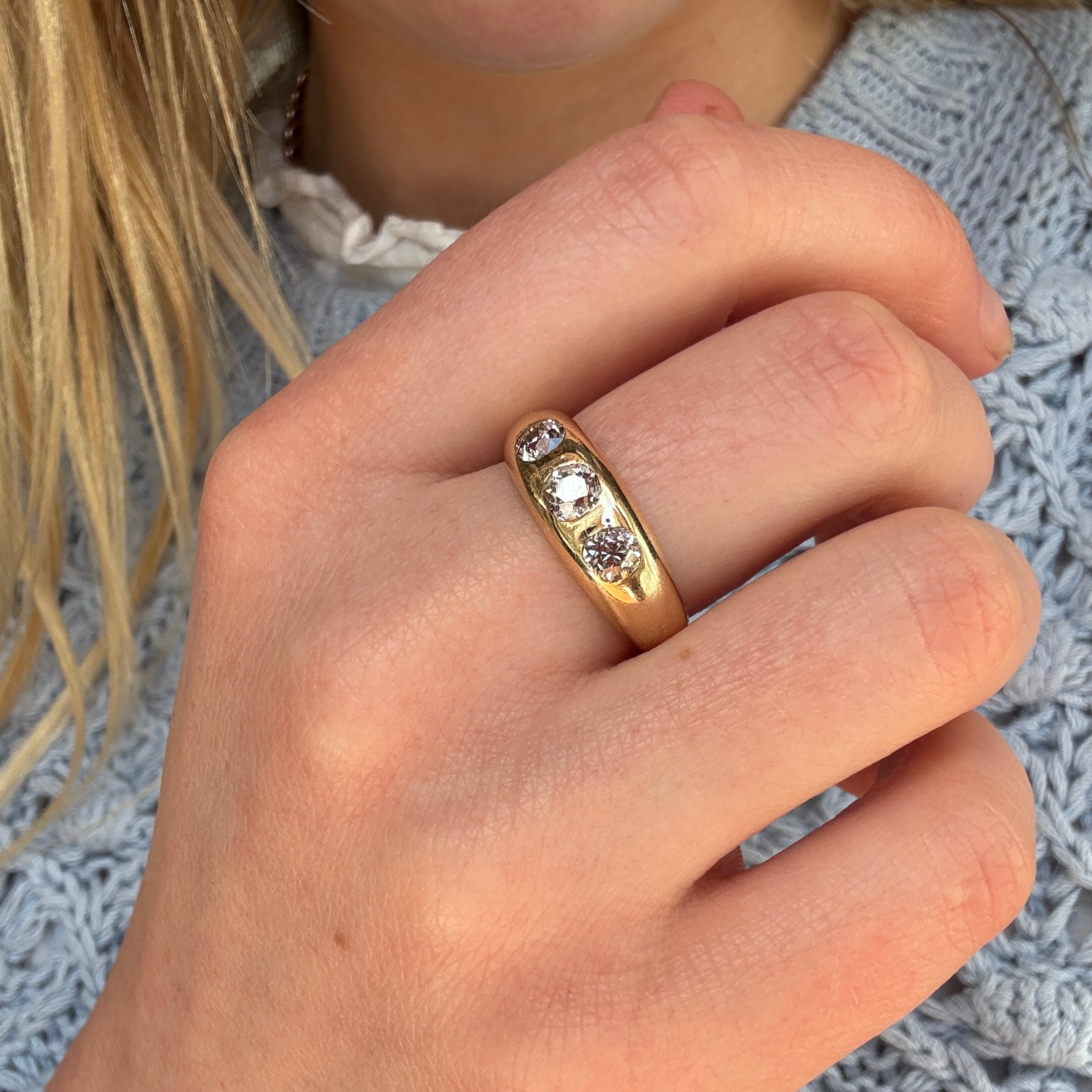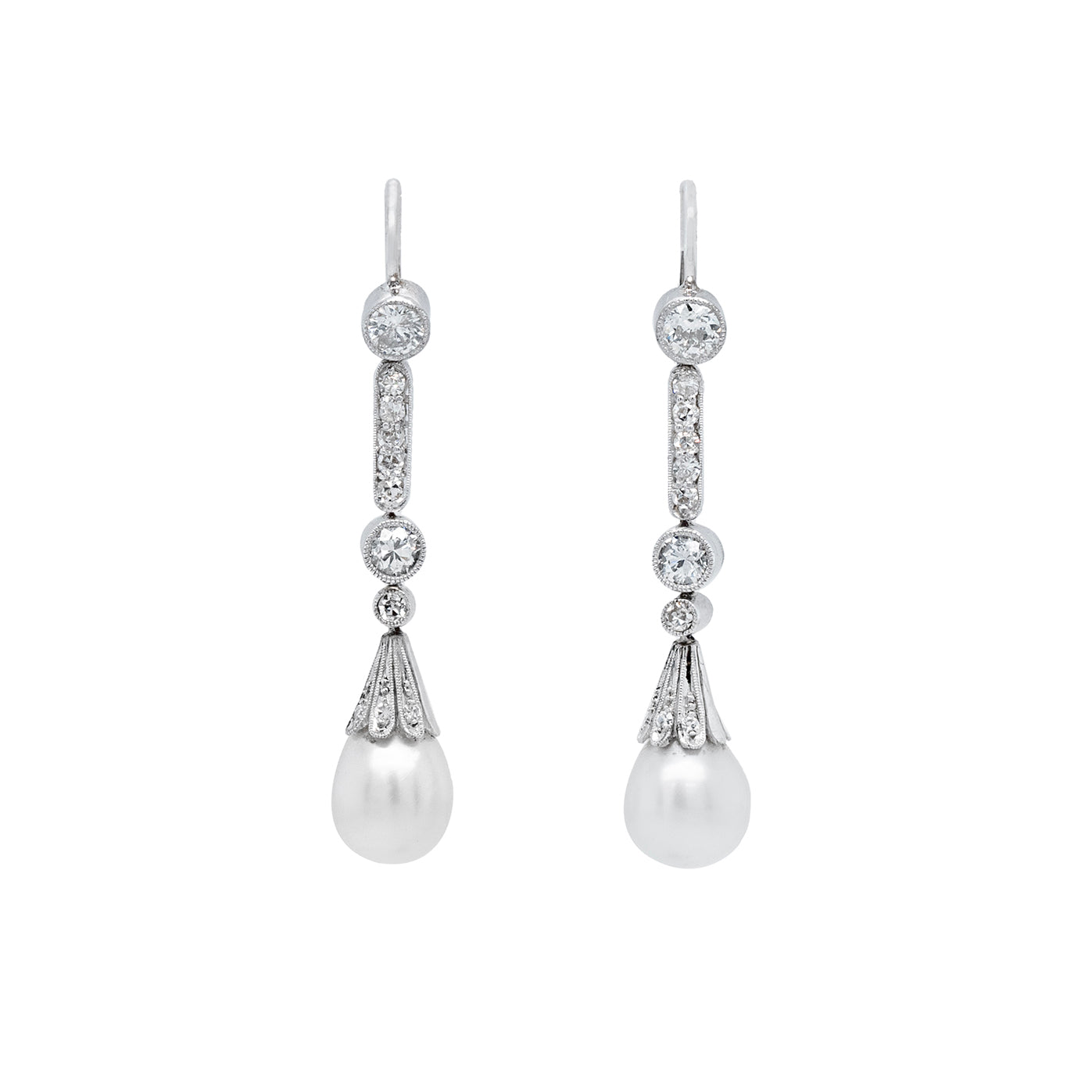Delivery and Returns
Shipping
We are pleased to offer Free Worldwide Delivery on all orders.
Please refer to our Shipping Policy for further details.
Customs & Duties
In most countries, duty does not apply when purchasing antiques aged over 100 years old.
You may be liable to pay local taxes on imported goods.
See further details in our FAQ page.
Returns
We have a 14 day return policy and customers are liable for their own postage.
We cannot accept rings that have been re-sized.
Please refer to our refund policy page for further details.
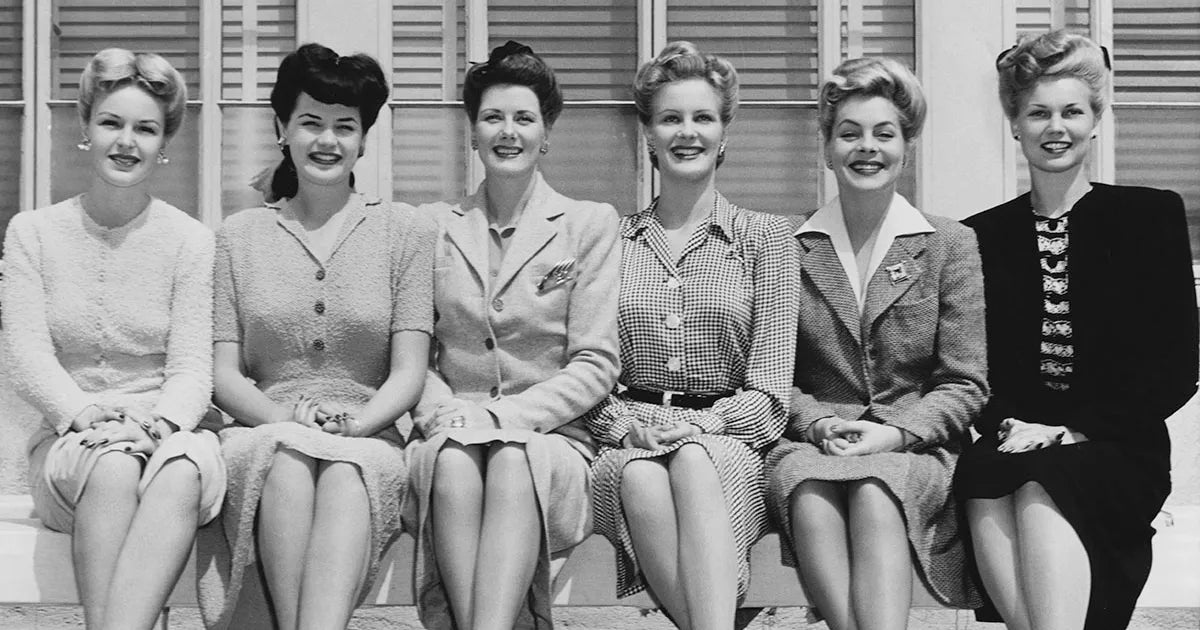
ABOUT THE ERA
1940's/ 50's Era Jewellery
Jewellery in the 1940s and 1950s underwent significant transformations, influenced by the social, economic, and cultural changes of the times.
The 1940s were marked by World War II and its aftermath, which affected the availability of materials and influenced design aesthetics.
The 1950s, on the other hand, were characterized by post-war prosperity, leading to a resurgence in luxury and glamour.
